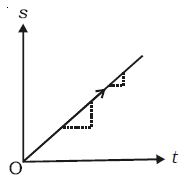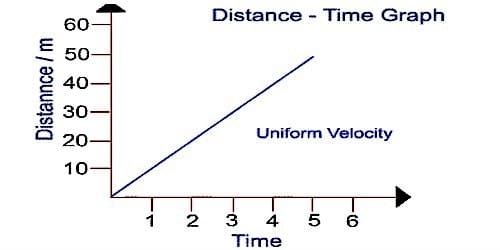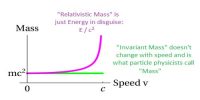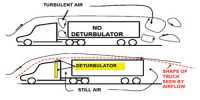Uniform Velocity: A particle is said to move with uniform velocity if it moves along a fixed direction and covers equal displacements in equal intervals of time, however small these intervals of time may be. E.g., an object, as like a car moving with a speed of 10 km h-1 towards the north has uniform velocity.
A body is said to have uniform-velocity if it covers equivalent detachment in equivalent intervals of time in an exacting direction, however, the time intervals might be small. So, it is the velocity in which the similar numbers of units of space are described in each successive unit of time.
In a displacement-time graph, (Fig) the slope is constant at all the points when the particle moves with uniform velocity.

Uniform-velocity is a stable velocity i.e. velocity which is not altering with time either in scale or in a direction in space. This means that if a body is traveling at a stable speed along an instant line (i.e, an exacting direction) then it said to have this type of velocity. No change in speed or direction is experienced. That means, it happens when the time rate of altering of disarticulation does not alter with the time intervals.
Example:
(1) When a truck travels in equivalent distances in equivalent intervals of time when we say that the body has got this type of velocity.
(2) The raindrops reach on earth’s surface falling with uniform velocity. A body, once started on a frictionless surface, moves with this type of velocity.
(3) All circular motion is an example and moving of fan and moving of our hand of a clock
Non-uniform or variable velocity
The velocity is variable (non-uniform), if it covers unequal displacements in equal intervals of time or if the direction of motion changes or if both the rate of motion and the direction change.















